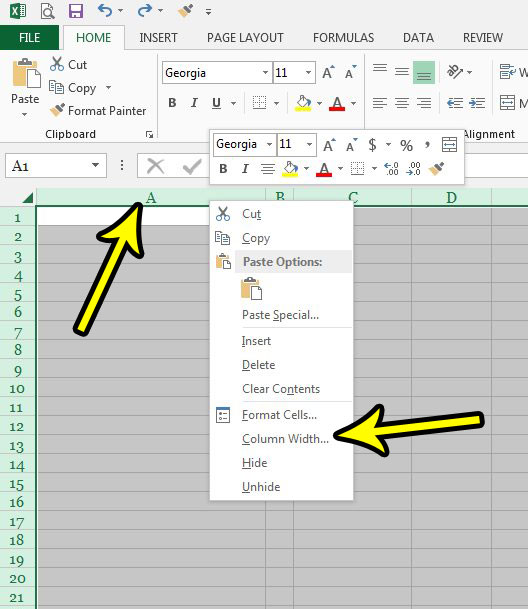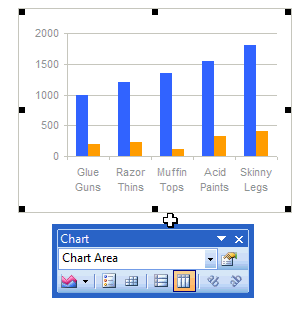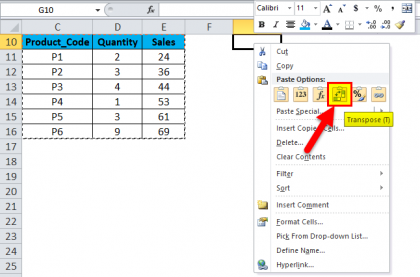

To change the 'viewing window', simply re-define or update the named range from within Excel, save, then select and F9 the object/image in Word and you should be good to go. Select embedded XLS object/image and press F9 to update (or right click etc). Word: With the field code under cursor, hit Shift-F9 again to hide. Word: Select the newly inserted XLS object/image. Word: Insert | Object, 'From File', (choose XLS file), check 'Link to File' (to ensure it's kept 'fresh'), OK " WordView"), Confirm named range exists (this step can happen before/after)


This feature did not work for row headers and only seems to work with the "Format as Table" option.The question was specifically around a 'live link' (meaning the Excel file exists externally to the Word doc, and controlling the view is a complex problem not solved by any of these answers).Īnswer: Using the Word Field Code parameters of LINK you can specify a named range as a Viewing Area.Įxcel: Select the cells (contiguous range) to be seen in Word, 'Insert Named Range' or Alt-I,N,D, Type name for region (no spaces for simplicity, e.g. Note: If you scroll down or right outside of the table area, the column headers switch to the built-in format. The column names for only the table area should now reflect the first row data.Right-click on the grey row 1 header area and select hide.Select the first row which should be your header row.When the "Format As Table" dialog comes up, select the "My table has headers" checkbox and click the OK button.With a cell in your table selected, click on the "Format as Table" option in the HOME menu.

Make the first row the header row that you wish to see in the columns by giving it short meaningful names.hide columns and rows headings excel options 2. Using Microsoft Excel 2013 or later (haven't tried earlier versions), create a table in Excel. In the Excel Options window, go to the Advanced tab, uncheck Show row and column headers, and click OK.However, if you format the entire table as a Table, then Excel has a useful trick to enable such a feature. The next section will go into greater detail about limitations. Click the Copy button or press Ctrl+C to copy the selected cells. On the Home tab, in the Clipboard group, select the Paste list and then choose Transpose (T): Clipboard group in Excel 2016 Right-click and choose Transpose (T). Google Sheets’ limitations include file sizes, row limits, and columns limits. Select the cells containing the headings and data you want to transpose. However, there is a limit to the number of cells that can be used (40,000). Excel does not give an easy way of changing your column headings to something other than the built-in A, B, C or 1, 2, 3 (R1C1) format. There is no limit to the number of rows or columns in a Google Sheets document.


 0 kommentar(er)
0 kommentar(er)
